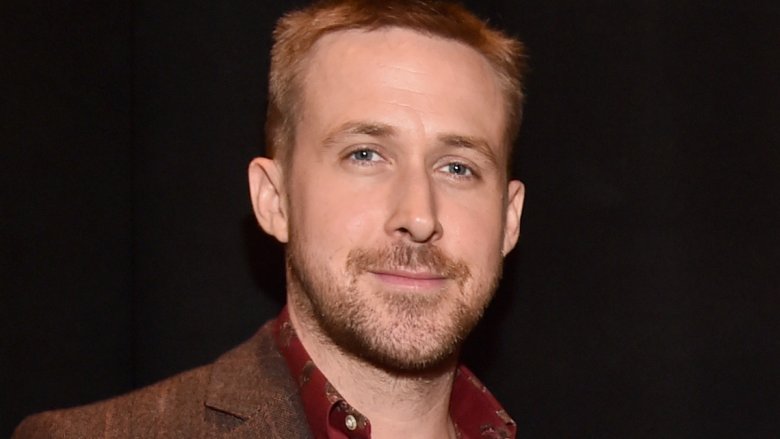
For space sequences, we went to LED projection and used camera mounts on craft, rather than a God’s-eye view, with lots of wide-angle POV in cockpits. It would destroy the illusion if the audience felt the use of greenscreen. “We wanted to shoot in a cinéma-vérité style, and we knew any effects sequences would need to fit into that. For example, during that Agena spin there are sounds from an elephant stampede, a lion roaring, wolves growling, to give it a heightened dimension.” For some moments, Ai-Ling used nonliteral sounds to convey the terror and intensity in some of those missions. After they layered in all those with the sound Mary Ellis recorded on the set, we decided where to augment, when to tone down.
FIRST MAN ON THE MOON MOVIE WITH RYAN GOSSLING PLUS
One crew member went to NASA facilities to put mics inside the old spacesuits to capture authentic sounds like the creases of gloves and buckles - plus sounds from real capsules, such as switches and door handles. “Early on, Ai-Ling and members of her team gathered sounds, like working with SpaceX to get microphones close to launch pads to get thruster sounds. Ai-Ling Lee, Sound designer/supervising sound editor Chazelle credits his below-the-line team for bringing impressive realism to the story. “ First Man” centers on Neil Armstrong (played by Ryan Gosling), the first person to walk on the moon, and the personal story that took him to that momentous event in 1969.

In truth, he was a hero in space, but not a very appealing or sympathetic person on the home front.After winning the director Oscar for “La La Land” in 2017, Damien Chazelle did a thematic 180-degree turn for his follow-up. The man, according to the people who knew him best, including his wife Janet and their three children, was cold, hard-nosed, stoic even during the tragic death of a beloved daughter. There are moments of tension that you can call thrilling-the fire that breaks out in the cockpit and kills Armstrong’s closest astronaut friends is a key scene of maxed-out suspense-but I would have been more interested in his home life, taking his wife’s own stress for granted, cowardly failing to warn his children that Daddy might never come home again, and Janet’s intervention to teach him some responsibility in an explosion of anger. There’s more about the drama leading up to the moon landing-from the years of Armstrong’s education as an aeronautical engineer before he commanded the blastoff of the Apollo 11 space mission and his acceptance by NASA for the earlier Project Gemini-than any significant or revealing insight into Armstrong’s private life. What I find less compelling is a surfeit of technical minutiae at the expense of important emotional details. What the movie does do is give you a hair-raising feeling of what it really felt like inside the space craft, where every hour was life-threatening and the outcome was always perilous.

Unfortunately, while those facts have been painstakingly recorded, they are not, in my opinion, all that fascinating.


From such a heroic life, quintessential Academy Award-winning screenwriter Josh Singer, a perfectionist responsible for some of the most brilliant, powerful and unforgettable films of the past decade (the impact of both Spotlight and The Post are still being felt), has distilled all the facts fit to tell. The Armstrong family has gone on record protesting the deletion of that scene, but the man’s unimpeachable heroism is a good reason to make a film about him regardless of the liberties taken.


 0 kommentar(er)
0 kommentar(er)
